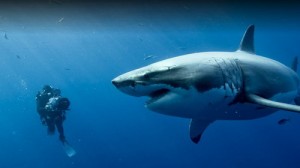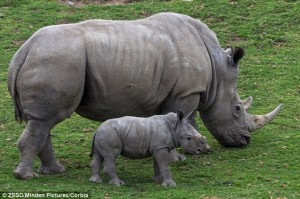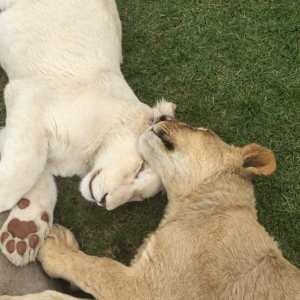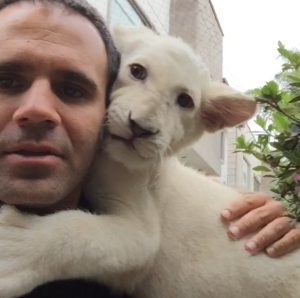https://www.youtube.com/watch?v=uXLbQrK6cXw
Disney’s 2010 film, Oceans, is a nature documentary that explores the marine species found throughout the five oceans on Earth. This particular trailer for the film that I chose to analyze begins with the words narrated by Pierce Bronsan. He tells the audience that this film will take you below the seas, “Disney Nature invites you on a journey through our planet’s five oceans, to discover never before seen worlds through the eyes of the creatures that live there.” It depicts various scenes of the diverse wildlife that embodies the five oceans. It shows baby turtles that arise from the sands of a beach and scrambled their way toward the ocean. It shows animals kissing, playing, and embracing each other. It shows a parent and child animal hugging and holding. It displays species coexisting amongst each other- same species and differing species alike. This tells the audience that most of these organisms depicted are social beings as humans are. These creatures are not isolated from other species or from others in its own genus, as they would be if they were in an aquarium. Many of the scenes showcase organisms that are either staring straight into the camera or looking at another animal. The scene when Bronsan says “through the eyes of the creatures that live there” it shows the scene of seal that rises up from the icy water and kisses its mother.
The music used in this trailer is called “Wonderful” by Gary Go. This is an uplifting song that has the repeating lyrics, “say I am wonderful” and ends with “we are wonderful.” These lyrics help also with the scenes used to create a connection with the audience that humans are not the only social beings on Earth. Humans are not the only organism that can have emotions, thoughts, or communication. Sprinkled throughout the trailer are sound bites of certain marine species making either chirps, howls, or other noises.
Several portions of this trailer correlate to points made by Randy Malamud in “The Zoo Spectatorship.” Malamud does not extend much positive thoughts toward zoos or aquariums. Malamud would likely argue that what this trailer depicts is different than what most videos about animals do. Malamud writes about the repulsive act of viewing animals from a distance in an unnatural environment. In this trailer, the cinematography requires the camera to be up-close- and in the sense an active member in the scenes with the wildlife. There is no distance between the camera and the marine species. The audience views the species in their most natural state and their most natural daily interactions.
Albeit a main reason for making this trailer/film was profits (probably a huge factor), I do believe that there is a large educational component as well. The audience takes away the difference between what viewing animals in a zoo or aquarium and viewing them in their natural environment- something that Malamud would appreciate. Definitely there is an entertainment factor involved for the audience; however it does not disrespect or patronize the animals involved as it would if this film was a documentary about how animals in a zoo or aquarium interact.
An interesting note to take into account is that when I was doing some research into this film, I found out that the original French version of the film is about twenty minutes longer than the North American version. Those twenty minutes depicts violent massacres of sea animals, recreated through visual effects to demonstrate some of the negative aspects of human activity on the environment. Is poses an interesting question in regards to why did Disney choose to omit those scenes from the North American viewers.
Sources:
Malamud, Randy. Zoo Spectatorship. New York: New York University Press, 1998. Print.





Recent Comments